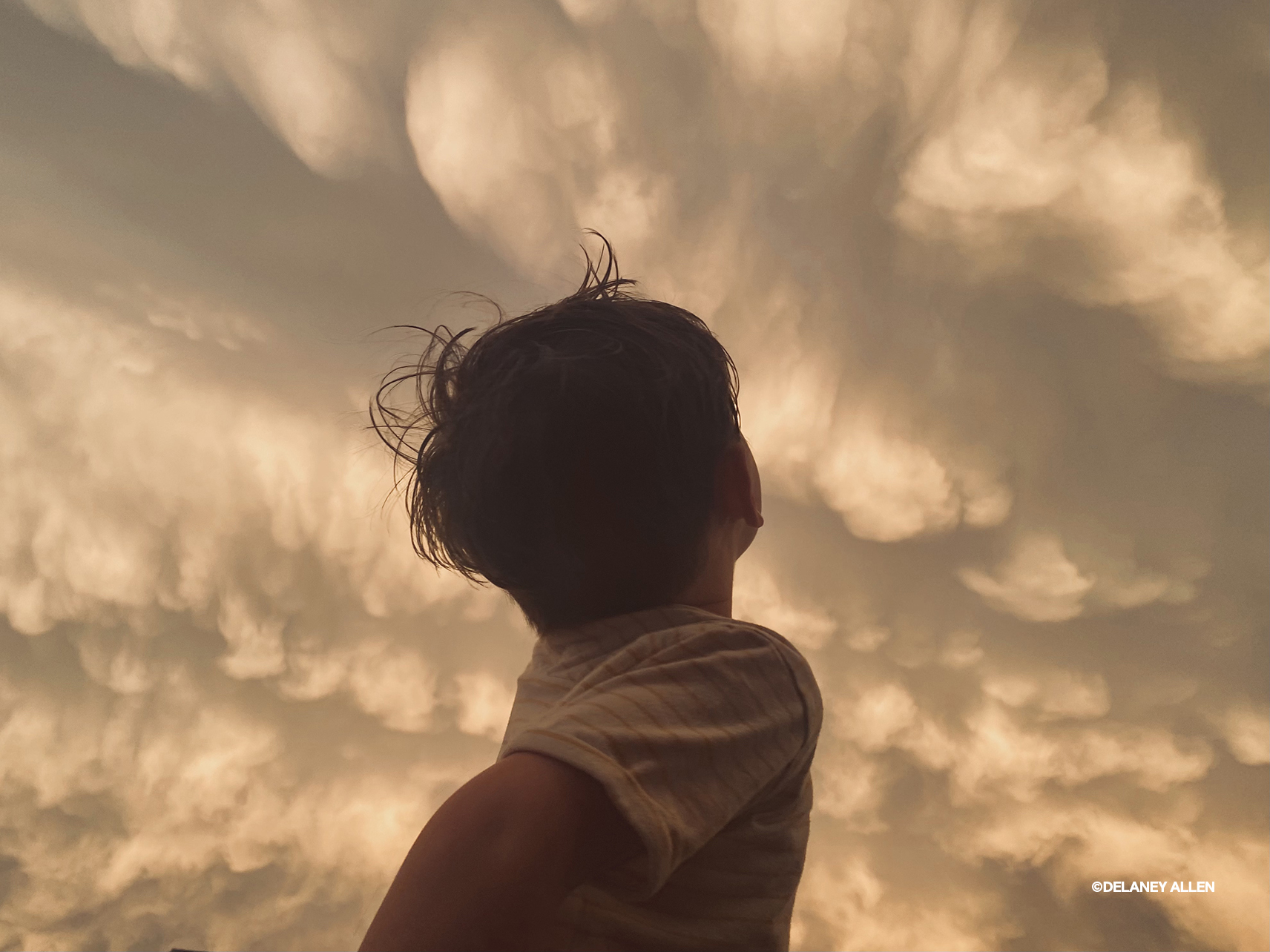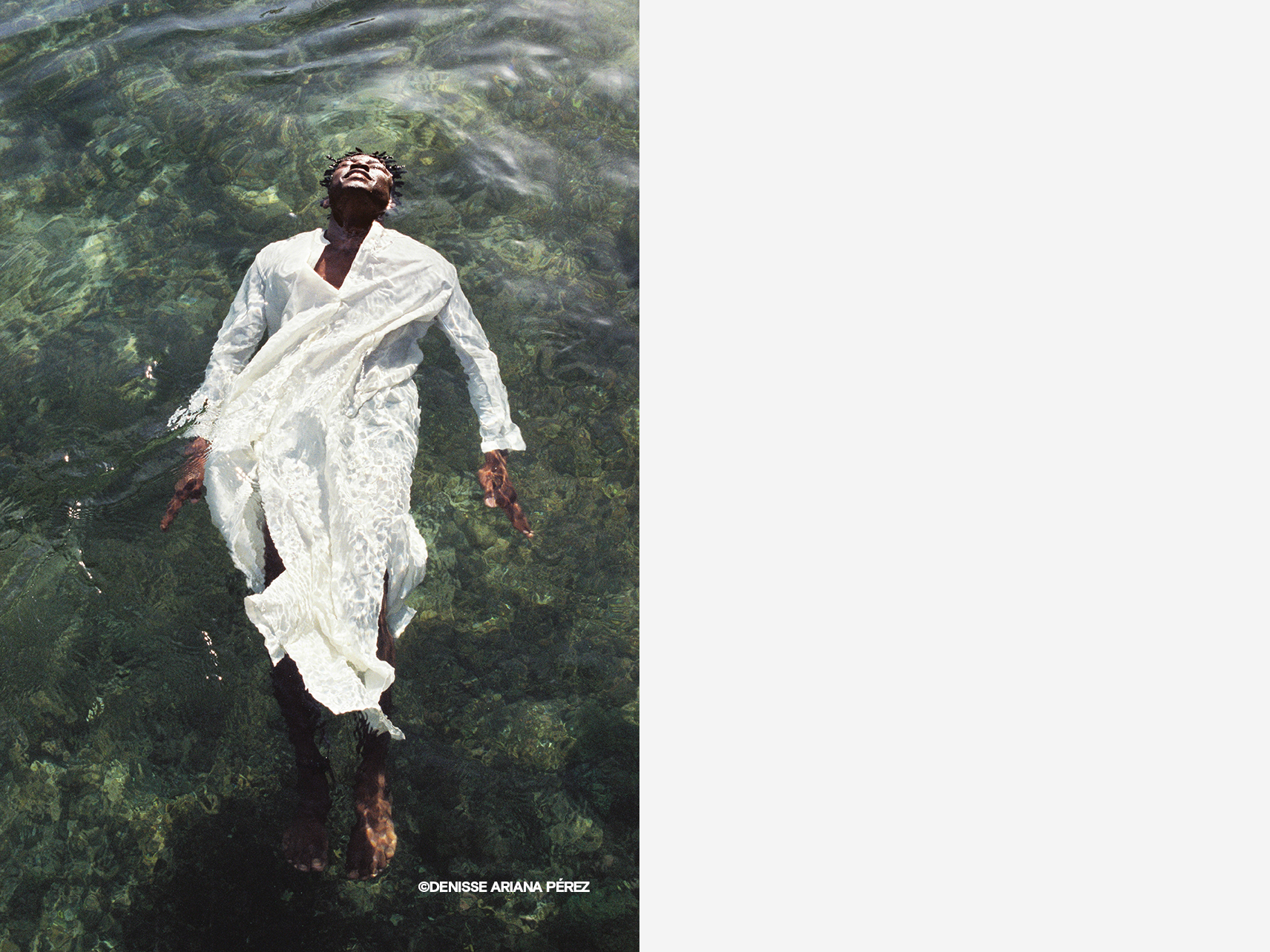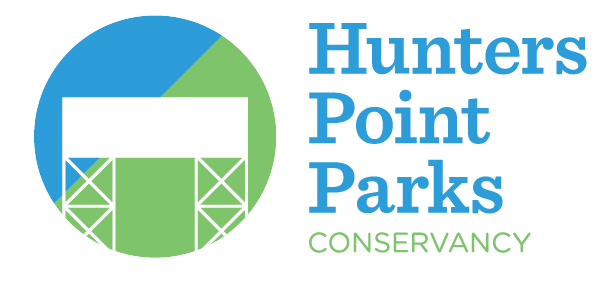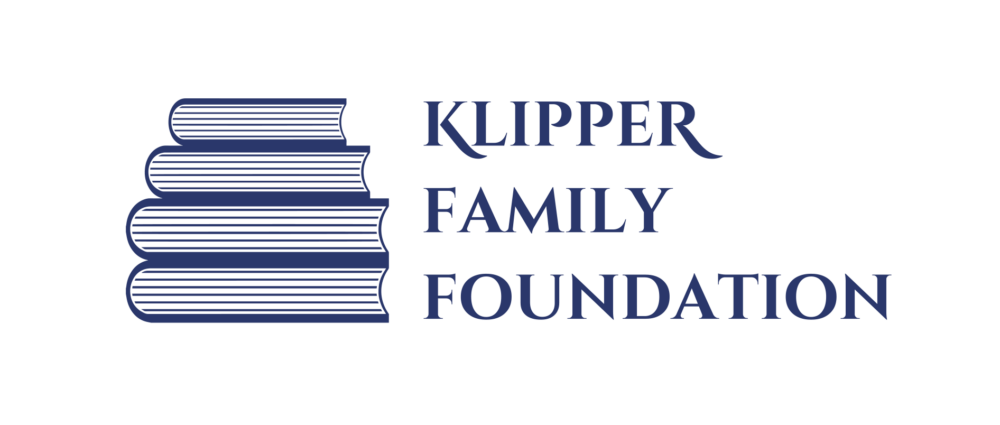In a city of millions, surrounded by towers of concrete and glass, we still find our way towards water, towards trees, towards green spaces; natural environments that breathe life into our communities. Where city and wilderness meet, we see how nature can not only support and protect our built world, but also help it thrive and evolve. We are in this city, but we are also in an environment much older and deeper and wilder.
The six works presented in this exhibition come from artists around the world, scrutinizing through a wide range of photographic styles what it is to be both at one and apart from the natural world. Together the works explore the interactions between humanity and ecology, and how they shape each other.
Located in Hunters Point South Park and presented by Hunters Point Parks Conservancy, this exhibition is spread across a landscape seeded with native vegetation and designed for climate resiliency. As the photographic works examine our relation to nature during a time of ecological change, the park itself gives an ample backdrop to further explore that relationship.








